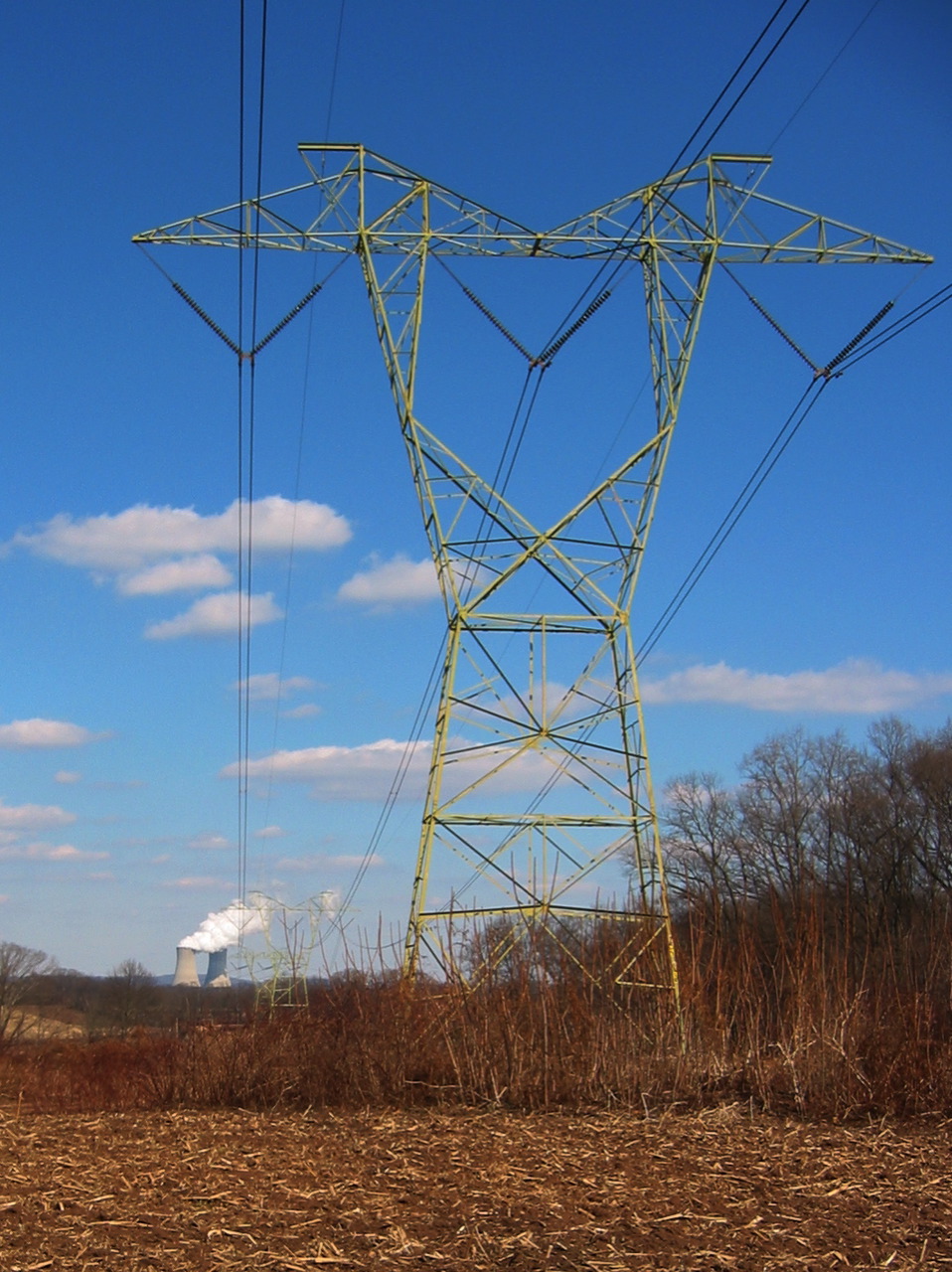The Future of Nuclear Generated Electricity
“A clean air solution is needed to mitigate the movement of carbon through electricity generation, as the current methods of generating electricity produce a significant amount of emissions, and this is expected to rise.”
Electricity is important, it is the engine that drives everyday operations and technological advances. However, our society is growing at an unprecedented rate and our electricity demands continue to rise exponentially. We are projected to use 28 terawatts worldwide in 2110, compared to the 13 TW of electricity our society uses now (Lewis, 2005).
In addition, the current generation methods used for energy produces a substantial amount of carbon dioxide emissions into the atmosphere. The purpose of my research is to show that nuclear energy is a feasible method for mass production of energy in the future, as nuclear energy is a clean air generation method, it provides a substantial amount of energy, and it has the ability to utilize a closed fuel cycle enabling for a more efficient use of supplies. My research also explores the concerns that we need to address before large-scale deployment.
Since Nuclear energy is a clean air generation method, it does not release carbon dioxide emissions when in operation. A clean air solution is needed to mitigate the movement of carbon through electricity generation, as the current methods of generating electricity produce a significant amount of emissions, and this is expected to rise. Nuclear energy produces a substantial amount of energy for its footprint.
One of the largest hurdles to large-scale deployment of nuclear energy is the disposal of waste and the safety of transporting the waste. An alternate waste “reuse” method can be implemented to cut down on waste.
We cannot rely solely on nuclear power in the future, however, we will probably see more nuclear energy plants being built and more nuclear reactors deployed during the next 100 years. Though not the complete answer to solving our energy crisis, nuclear energy is a feasible method of planning for tomorrow’s energy requirements.



